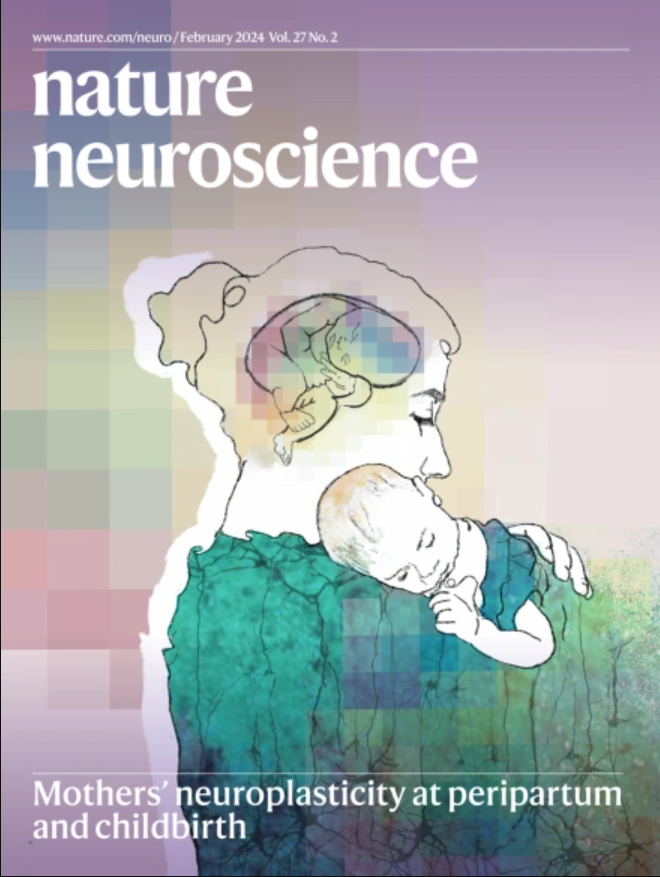Human lifespan changes in the brain’s functional connectome
IF 21.2
1区 医学
Q1 NEUROSCIENCES
引用次数: 0
Abstract
Functional connectivity of the human brain changes through life. Here, we assemble task-free functional and structural magnetic resonance imaging data from 33,250 individuals at 32 weeks of postmenstrual age to 80 years from 132 global sites. We report critical inflection points in the nonlinear growth curves of the global mean and variance of the connectome, peaking in the late fourth and late third decades of life, respectively. After constructing a fine-grained, lifespan-wide suite of system-level brain atlases, we show distinct maturation timelines for functional segregation within different systems. Lifespan growth of regional connectivity is organized along a spatiotemporal cortical axis, transitioning from primary sensorimotor regions to higher-order association regions. These findings elucidate the lifespan evolution of the functional connectome and can serve as a normative reference for quantifying individual variation in development, aging and neuropsychiatric disorders. Sun et al. report human lifespan changes in the brain’s functional connectome in 33,250 individuals, which highlights critical growth milestones and distinct maturation patterns and offers a normative reference for development, aging and diseases.


人类的寿命会改变大脑的功能连接体
人类大脑的功能连接随着生命的变化而变化。在这里,我们收集了来自全球132个地点的33,250名月经后32周至80岁的个体的无任务功能和结构磁共振成像数据。我们报告了连接体全球均值和方差非线性增长曲线的关键拐点,分别在生命的第四个和第三个十年达到峰值。在构建了一个细粒度的、寿命范围内的系统级大脑图谱之后,我们展示了不同系统中功能分离的不同成熟时间表。区域连通性的寿命增长沿着时空皮质轴组织,从初级感觉运动区过渡到高阶关联区。这些发现阐明了功能性连接体的寿命演变,并可作为量化个体发育、衰老和神经精神疾病差异的规范参考。
本文章由计算机程序翻译,如有差异,请以英文原文为准。
求助全文
约1分钟内获得全文
求助全文
来源期刊

Nature neuroscience
医学-神经科学
CiteScore
38.60
自引率
1.20%
发文量
212
审稿时长
1 months
期刊介绍:
Nature Neuroscience, a multidisciplinary journal, publishes papers of the utmost quality and significance across all realms of neuroscience. The editors welcome contributions spanning molecular, cellular, systems, and cognitive neuroscience, along with psychophysics, computational modeling, and nervous system disorders. While no area is off-limits, studies offering fundamental insights into nervous system function receive priority.
The journal offers high visibility to both readers and authors, fostering interdisciplinary communication and accessibility to a broad audience. It maintains high standards of copy editing and production, rigorous peer review, rapid publication, and operates independently from academic societies and other vested interests.
In addition to primary research, Nature Neuroscience features news and views, reviews, editorials, commentaries, perspectives, book reviews, and correspondence, aiming to serve as the voice of the global neuroscience community.
 求助内容:
求助内容: 应助结果提醒方式:
应助结果提醒方式:


